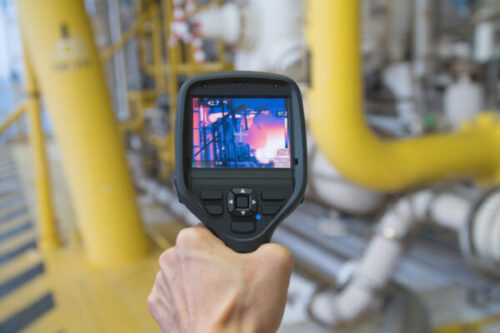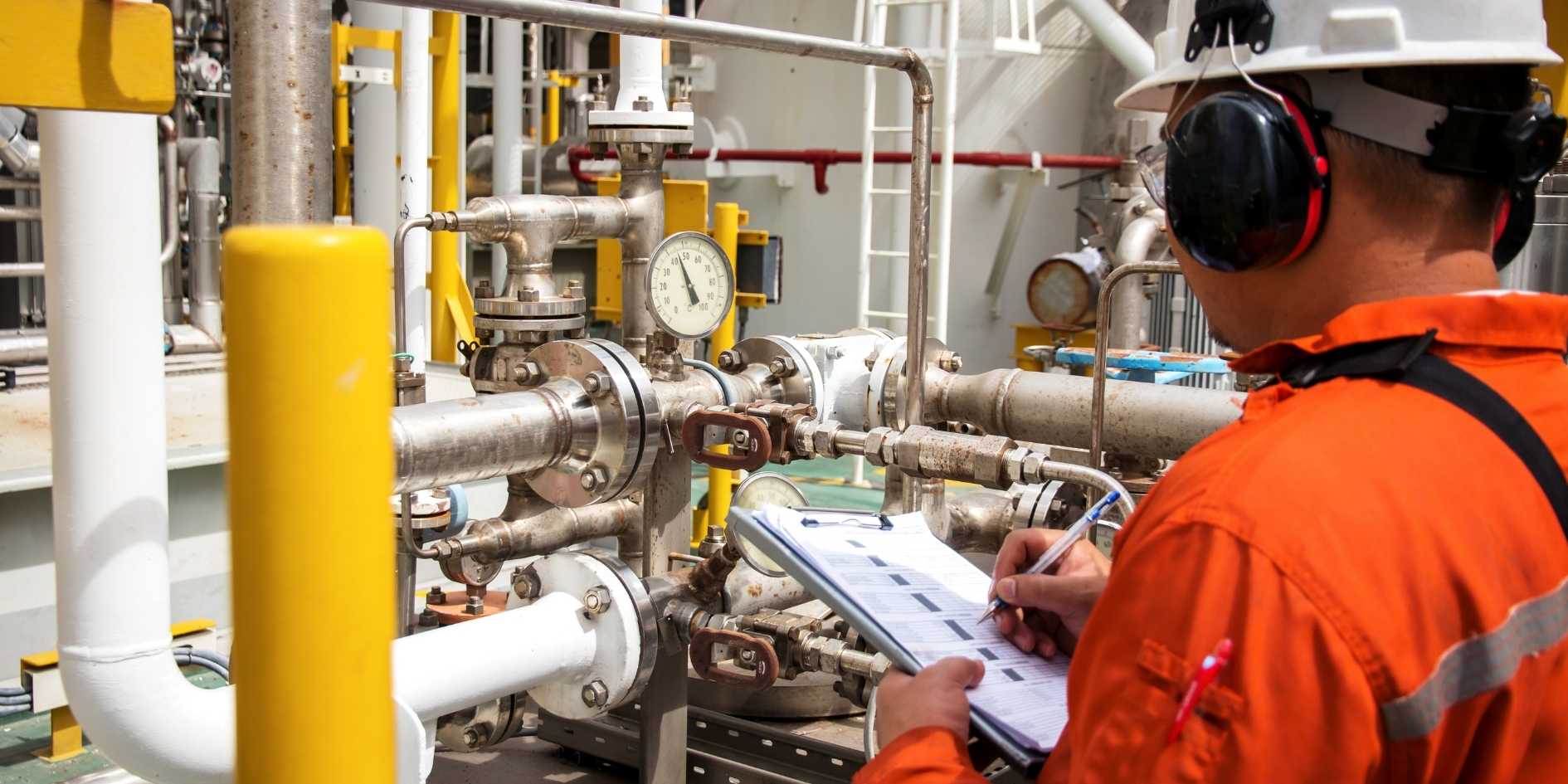The Facts About Roar Solutions Uncovered
The Facts About Roar Solutions Uncovered
Blog Article
Indicators on Roar Solutions You Need To Know
Table of ContentsRoar Solutions Things To Know Before You BuySome Known Details About Roar Solutions About Roar Solutions
In such an atmosphere a fire or explosion is feasible when 3 basic problems are met. This is typically described as the "harmful location" or "burning" triangular. In order to safeguard setups from a possible explosion an approach of analysing and identifying a potentially hazardous location is needed. The purpose of this is to guarantee the right selection and setup of tools to inevitably avoid a surge and to make certain safety of life.
(https://www.artstation.com/roarsolutions6/profile)
No equipment ought to be mounted where the surface temperature level of the devices is better than the ignition temperature level of the offered danger. Below are some common dirt dangerous and their minimal ignition temperature level. Coal Dust 380C 225C Polythene 420C (melts) Methyl Cellulose 420C 320C Starch 460C 435C Flour 490C 340C Sugar 490C 460C Grain Dust 510C 300C Phenolic Material 530C > 450C Aluminium 590C > 450C PVC 700C > 450C Soot 810C 570C The chance of the risk existing in a focus high adequate to cause an ignition will certainly differ from location to place.
In order to identify this threat a setup is divided into locations of threat relying on the quantity of time the unsafe exists. These locations are referred to as Zones. For gases and vapours and dirts and fibres there are three areas. Zone 0 Zone 20 A hazardous ambience is highly most likely to be present and might be present for extended periods of time (> 1000 hours per year) and even constantly Area 1 Area 21 A harmful ambience is possible yet not likely to be existing for extended periods of time (> 10 450 C [842 F] A category of T6 means the minimal ignition temperature is > 85 C [185 F] Unsafe area electrical tools possibly made for usage in higher ambient temperatures. This would certainly suggested on the rating plate e.g. EExe II C T3 Ta + 60C( This suggests at 60C ambient T3 will not be surpassed) T1 T1, T2, T3, T4, T5, T6 T2 T2, T3, T4, T5, T6 T3 T3, T4, T5, T6 T4 T4, T5, T6 T5 T5, T6 T6 T6 A T Course score of T1 suggests the optimum surface area temperature produced by the tool at 40 C is 450 C. Thinking the associated T Class and Temperature rating for the devices are proper for the location, you can constantly use a tool with a much more rigorous Department rating than required for the area. There isn't a clear solution to this inquiry. It truly does rely on the kind of equipment and what repair work require to be accomplished. Devices with certain test treatments that can not be done in the field in order to achieve/maintain third celebration score. Must return to the factory if it is prior to the tools's solution. Area Repair By Authorised Personnel: Difficult testing might not be required nevertheless particular treatments might require to be followed in order for the devices to maintain its 3rd party rating. Authorised workers need to be utilized to execute the work appropriately Repair service should be a like for like replacement. New component have to be thought about as a straight replacement calling for no special screening of the equipment after the repair service is complete. Each tool with an unsafe rating ought to be reviewed individually. These are detailed at a high level below, however for more in-depth info, please refer straight to the standards.
Roar Solutions Fundamentals Explained
The equipment register is a detailed database of devices documents that consists of a minimum collection of areas to identify each product's area, technological criteria, Ex lover classification, age, and environmental data. This details is critical for monitoring and managing the devices effectively within dangerous areas. In comparison, for regular or RBI tasting examinations, the grade will be a combination of Thorough and Close assessments. The ratio of Detailed to Shut inspections will certainly be identified by the Equipment Risk, which is analyzed based on ignition danger (the probability of a source of ignition versus the likelihood of a combustible atmosphere )and the unsafe location category
( Zone 0, 1, or 2). This variant will additionally influence the resourcing needs for job preparation. When Great deals are defined, you can create tasting plans based on the sample dimension of each Lot, which describes the number of arbitrary tools products to be evaluated. To figure out the called for example size, 2 aspects require to be evaluated: the size of the Lot and the classification of inspection, which indicates the level of initiative that need to be applied( decreased, regular, or boosted )to the evaluation of the Great deal. By combining the group of examination with the Great deal dimension, you can after that develop the ideal denial standards for an example, indicating the allowed number of defective products found within that sample. For more details on this process, please describe the Power Institute Standards. The IEC 60079 common advises that the maximum interval between inspections should not surpass three years. EEHA examinations will certainly likewise be carried out outside of RBI campaigns as component of set up maintenance and tools overhauls or fixings. These examinations can be attributed towards the RBI example sizes within the impacted Whole article lots. EEHA examinations are conducted to recognize mistakes in electric tools. A weighted racking up system is vital, as a solitary item of devices may have numerous mistakes, each with differing levels of ignition danger. If the mixed rating of both evaluations is less than twice the fault rating, the Lot is considered appropriate. If the Great deal is still thought about unacceptable, it has to undergo a complete examination or justification, which might cause more stringent inspection protocols. Accepted Great deal: The reasons for any type of faults are determined. If an usual failure mode is discovered, extra equipment might require examination and repair. Faults are classified by severity( Safety and security, Honesty, Housekeeping ), making sure that immediate problems are analyzed and resolved immediately to reduce any impact on safety or procedures. The EEHA database ought to track and tape the lifecycle of faults in addition to the rehabilitative actions taken. Implementing a durable Risk-Based Evaluation( RBI )approach is essential for guaranteeing conformity and security in taking care of Electrical Tools in Hazardous Areas( EEHA) (electrical refresher course). Automated Fault Rating and Lifecycle Management: Effortlessly take care of mistakes and track their lifecycle to enhance examination precision. The introduction of this assistance for risk-based inspection better enhances Inspectivity's setting as a best-in-class option for governing compliance, along with for any type of asset-centric assessment usage situation. If you want finding out more, we invite you to ask for a demo and find just how our remedy can change your EEHA administration processes.
The Single Strategy To Use For Roar Solutions

In regards to eruptive danger, a hazardous location is an atmosphere in which an explosive ambience is existing (or might be anticipated to be existing) in amounts that require special precautions for the construction, installment and use tools. electrical refresher course. In this article we discover the difficulties dealt with in the office, the risk control measures, and the called for proficiencies to function safely
These compounds can, in specific problems, create eruptive ambiences and these can have major and awful repercussions. Many of us are acquainted with the fire triangular get rid of any kind of one of the 3 components and the fire can not take place, however what does this mean in the context of unsafe locations?
In the majority of circumstances, we can do little about the levels of oxygen airborne, yet we can have substantial impact on resources of ignition, for instance electric devices. Hazardous locations are recorded on the harmful location classification drawing and are determined on-site by the triangular "EX LOVER" sign. Here, amongst various other vital details, areas are divided into three types depending on the threat, the chance and period that an eruptive environment will exist; Zone 0 or 20 is deemed the most unsafe and Area 2 or 22 is considered the least.
Report this page